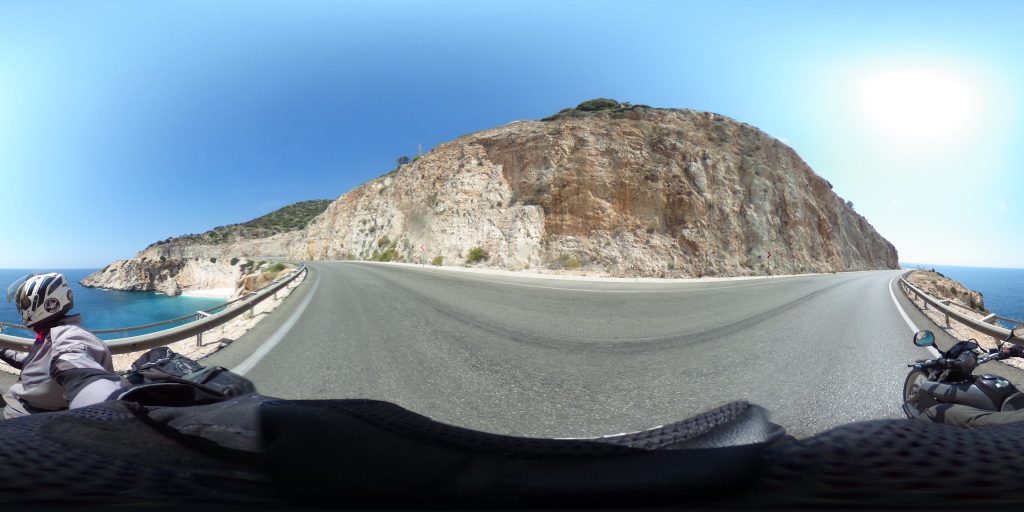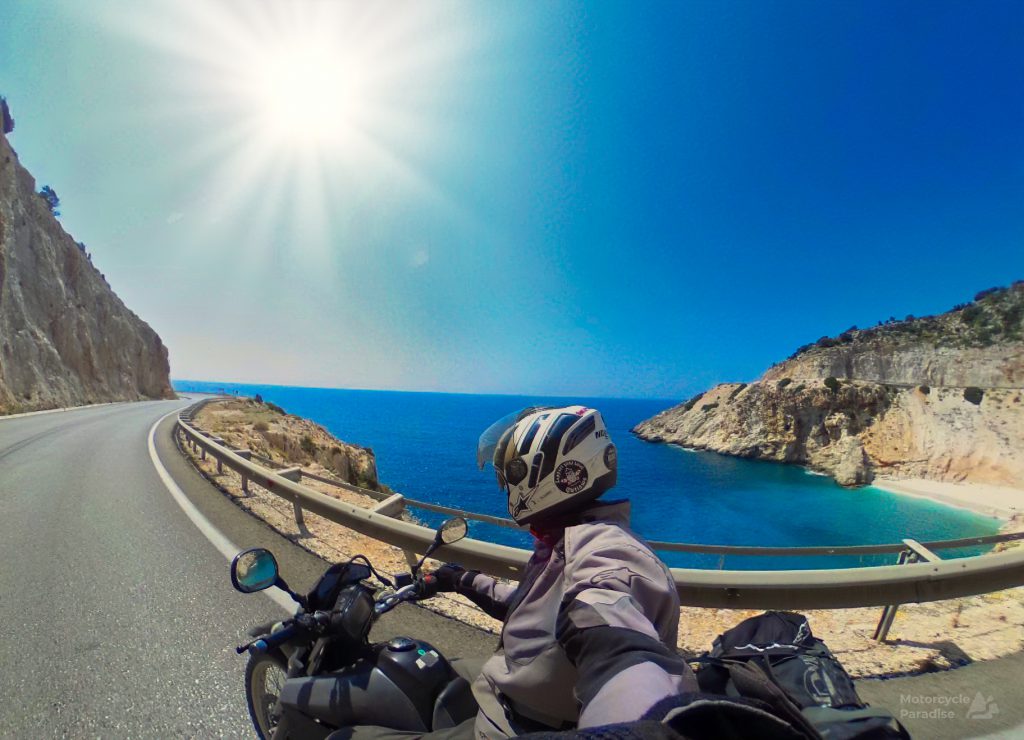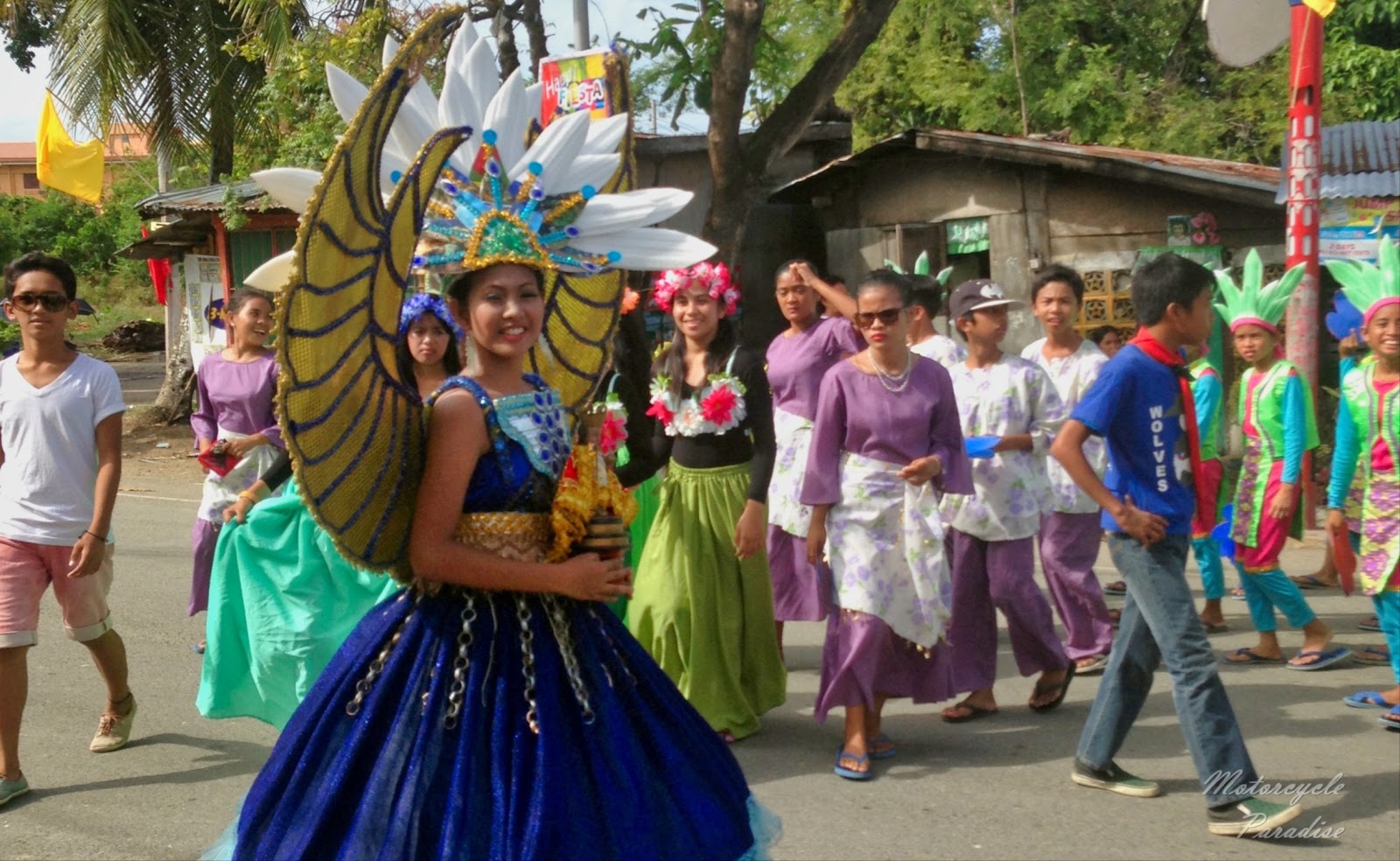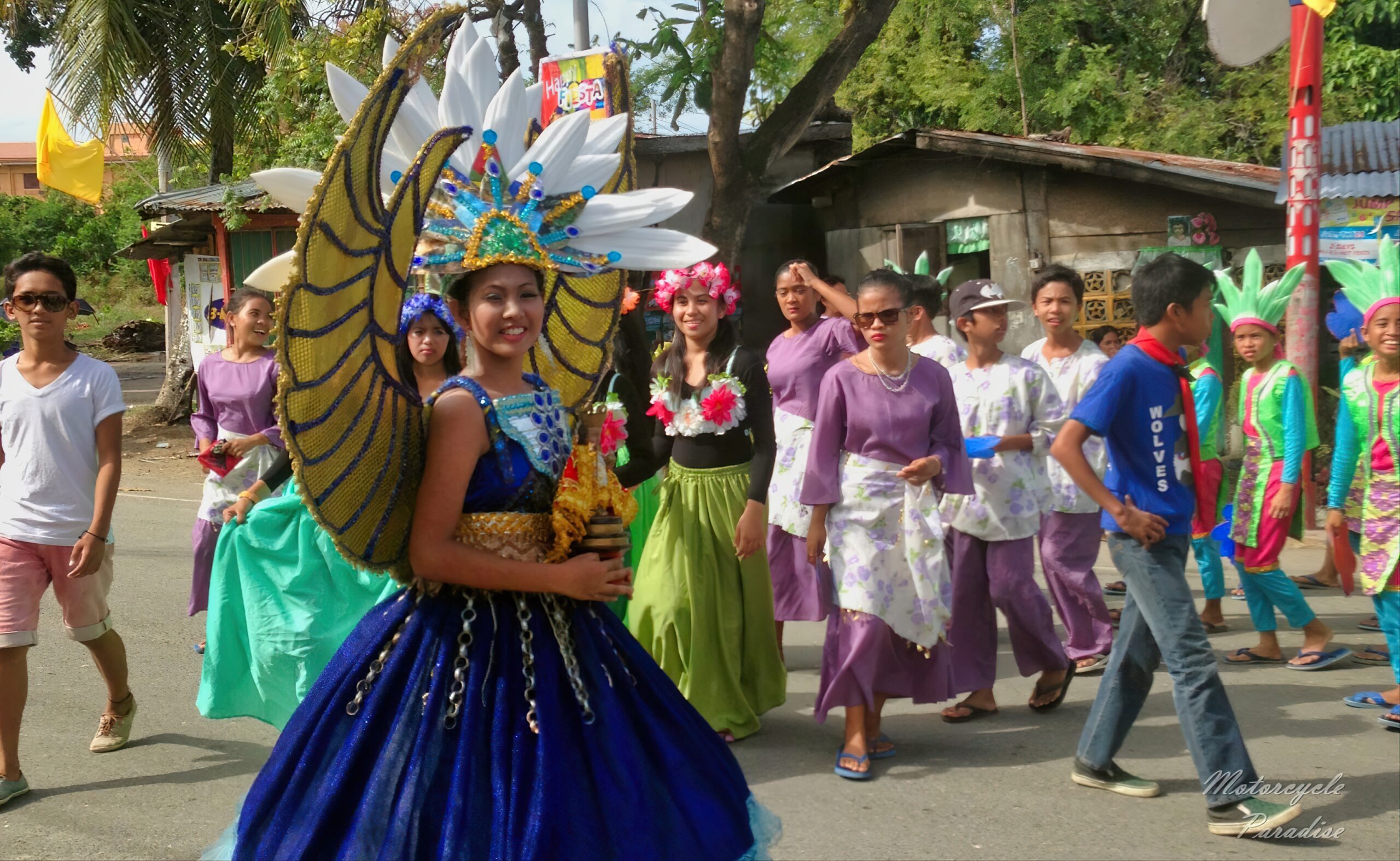- Lone Rider - November 18, 2025
- Rev’it Contrast GTX Gloves review - August 18, 2025
- Merlin Solitude Laminated Jacket & Condor Laminated Pants - August 10, 2025
Topaz Sharpen AI
I mentioned on one of my rides I was testing Topaz Sharpen AI software and thought it worth a post about that and a related program Gigapixel which I am finding useful.
Post from RICOH THETA. – Spherical Image – RICOH THETA
Sharpen AI software from Topaz works very well with files from my Ricoh Theta 360 camera. I have posted the above before, 360 images are as the name suggests stretched a full 360 degrees so when you scroll and view any part of the image you at best see about 1024*768 quality with current sensors. The above image processed with Sharpen is clearly better looking than it’s humble low res action cam file.


The first photo above shows what a 360 image looks like flattened. The second image was extracted using the Theta app that lets you rotate/pan/zoom and grab a still from the 360 image. You can see it is a small crop and obviously that was really low resolution. I used Sharpen AI to upscale and then I gave it a quick clean up using Luminar 3. There is some pretty impressive mathematics going on to end up with an image usable for blogs or Instagram from that small original crop.
It doesn’t work on all photos as effectively. It won’t sharpen photos that are ‘soft’ from being slightly out of focus such as cameras lacking IBIS or that you shot at too slow shutter. I tried it on images from the Olympus AO1 I briefly owned and found it magnified the soft aspect (from lack of stabilization) which was not helpful. Testing images from my Polaroid Cube action cam these too improve well using this software. Older phone images and scans from prints the results are not as consistent.
Topaz Gigapixel
The next program I looked is also from Topaz called Gigapixel which upscales images to larger versions while also boosting the quality. I’ve tried things like this before, they have never worked well and none could handle faces. Not so for this program, the improvement above should be obvious (unless you are looking at this on small screen). 2014 Fiesta, Mactan island, Philippines, iPhone 5C.
Many of my rides were photographed only with phones. Namely iPhone 4 and 5 which while ok in their day did not have half the imaging power of current phones, then often I cropped those photos to make matters worse. The results using Gigapixel are small yet profound to my eyes. I’m impressed enough I have decided to try upscale all my ride photos taken with old iPhones. That’s a huge task I’d normally have no time for but currently I am stuck mostly at home like everyone due to the virus.
Going even further back in time my older Sunday rides posts (available to view from the Vault section) I notice Google has shrunk many linked photos in resolution without even advising and for some they completely removed the linked image altogether and left me with just a 400*300 resolution thumbnail. These are old pages that nobody is looking at but still a few of the images are important personally. I tried Gigapixel on the 400 resolution thumbnails and remarkably the software produced a reasonable 800*600 up-scaled image.
Lastly I tried this program on old scans of paper photos that I only have in low resolution and again the upscaled image is often good. Any flaws in the old paper photos get upscaled too so you need to despeckle or hide blemishes before (or after) the process but the detail improvement was a joy to see given I no longer have access to the original paper prints.
Well if you are bored in lock down then both these programs are free to use for a month (no affiliation) Gigapixel is the more versatile one for me but Sharpen does work better on particular images and if you need to retain original size. When I see what is possible with software now and know computational photography is just getting started then I’m excited to think what may be possible in few years.





